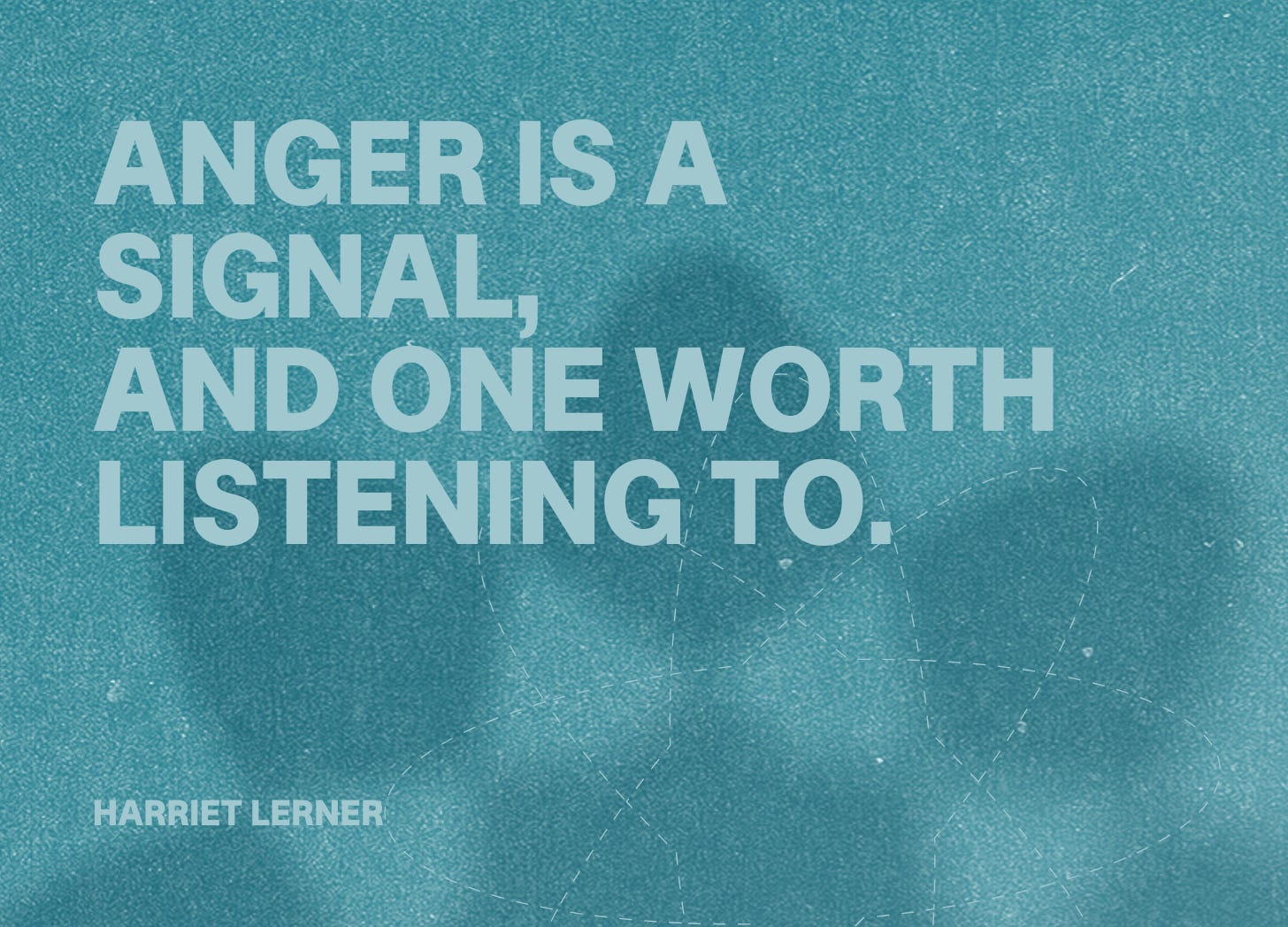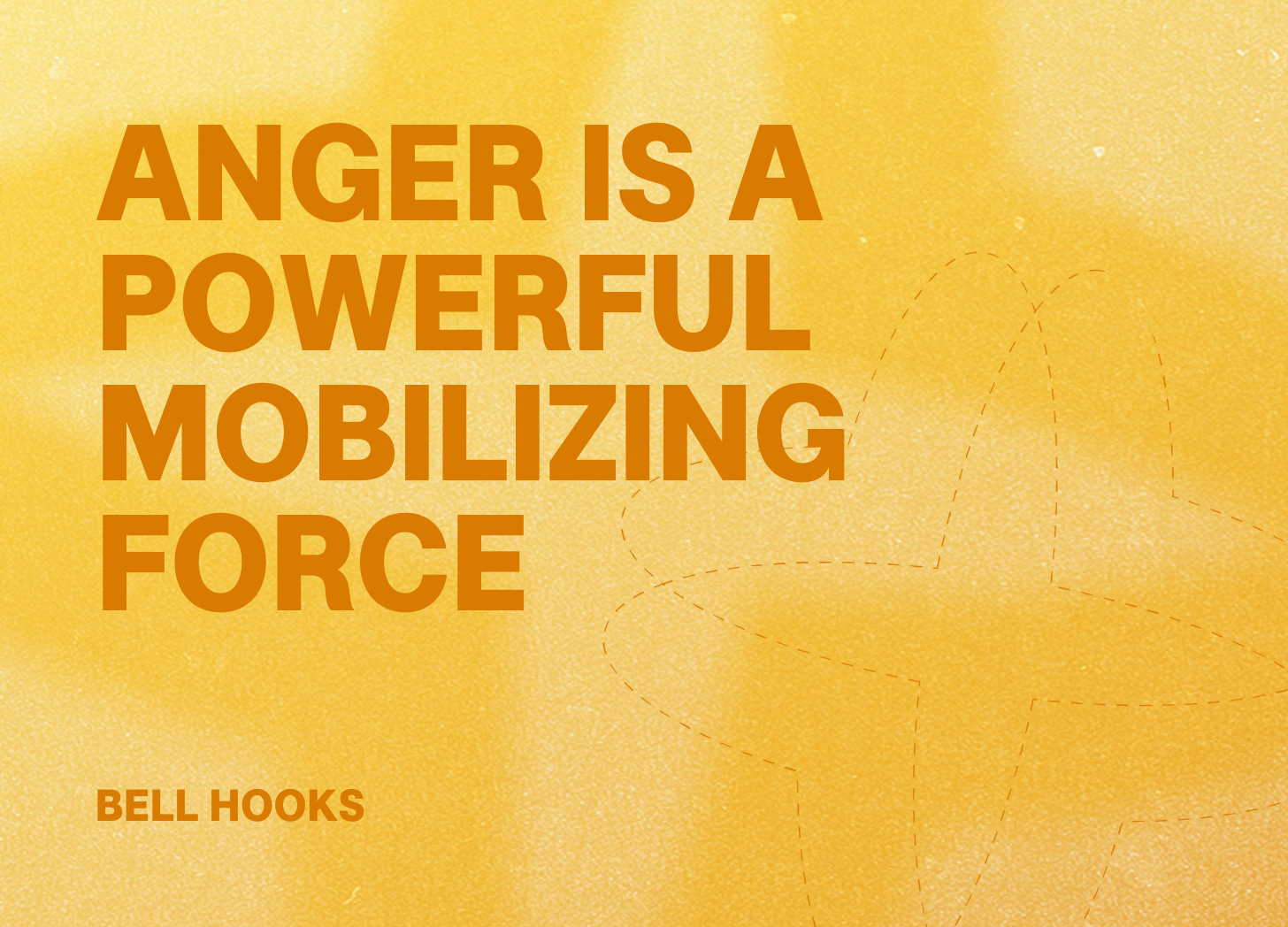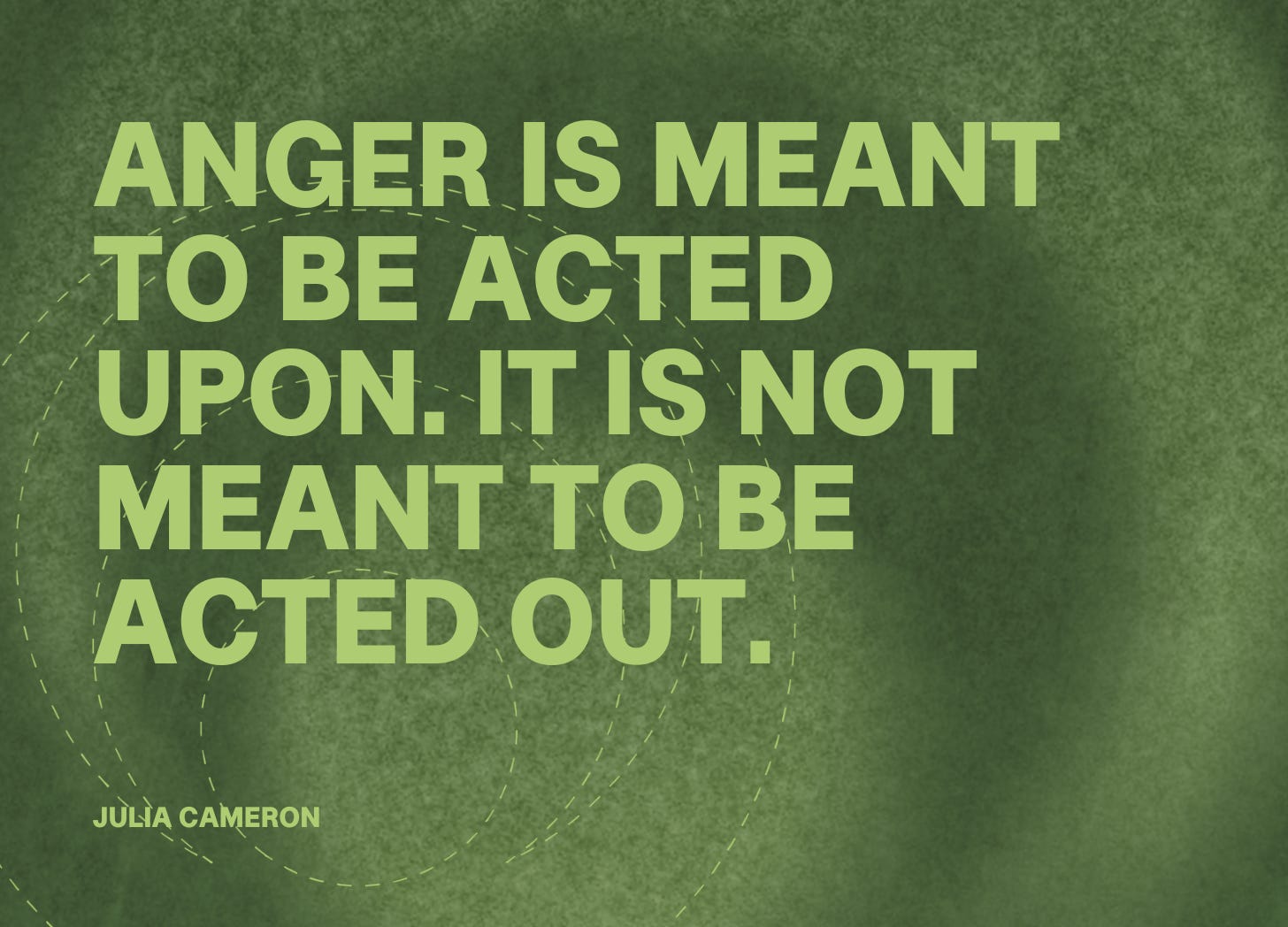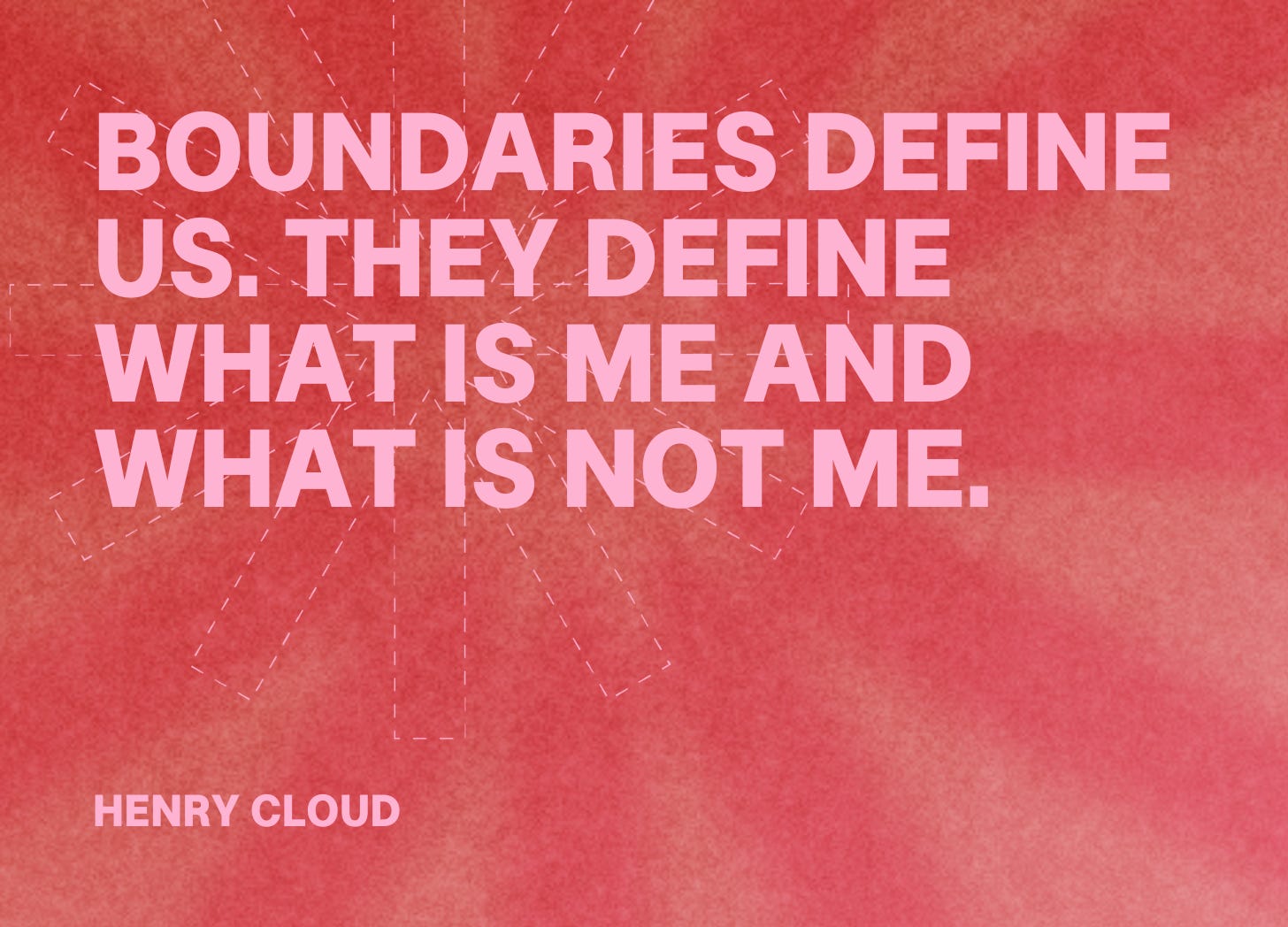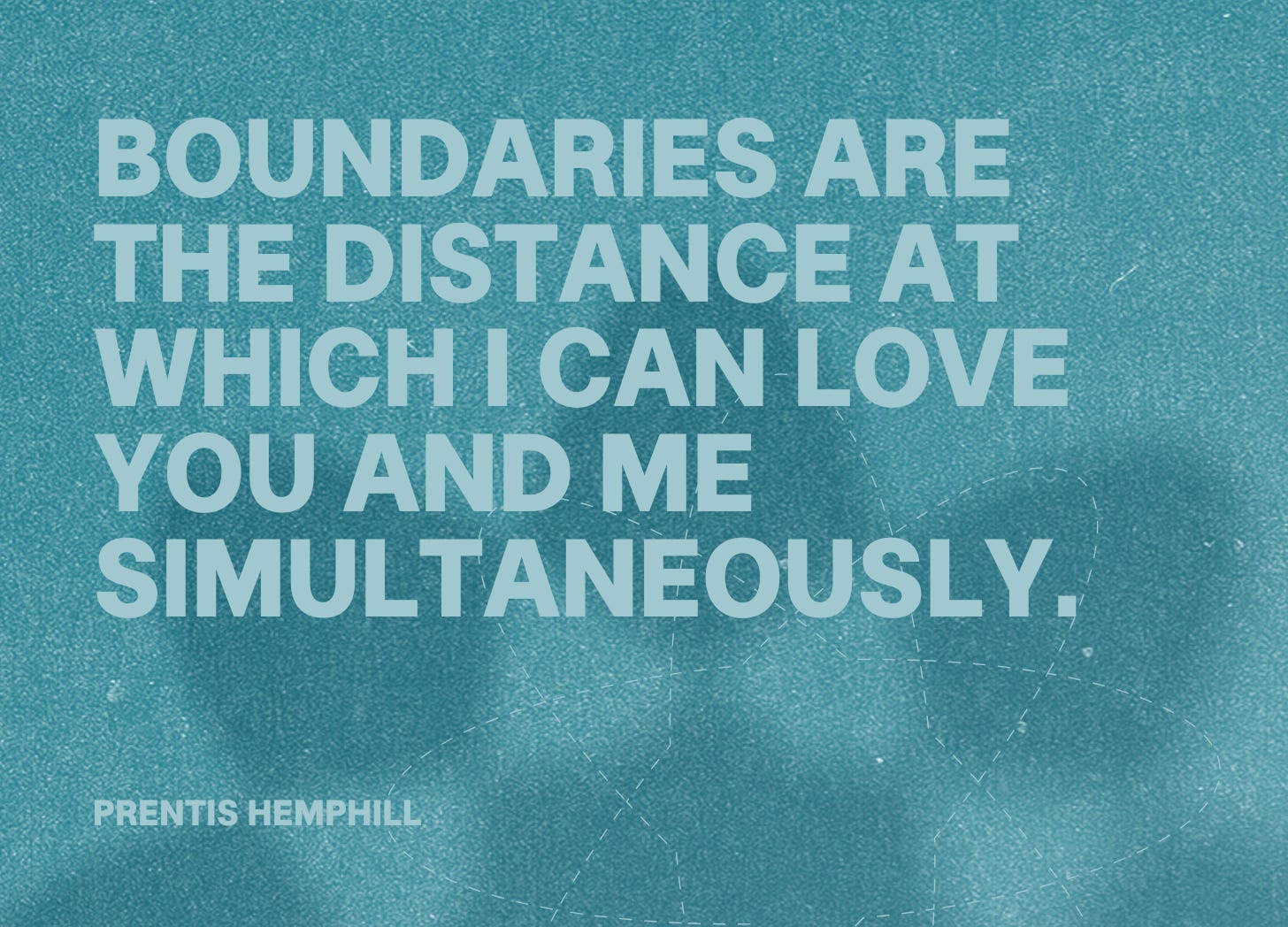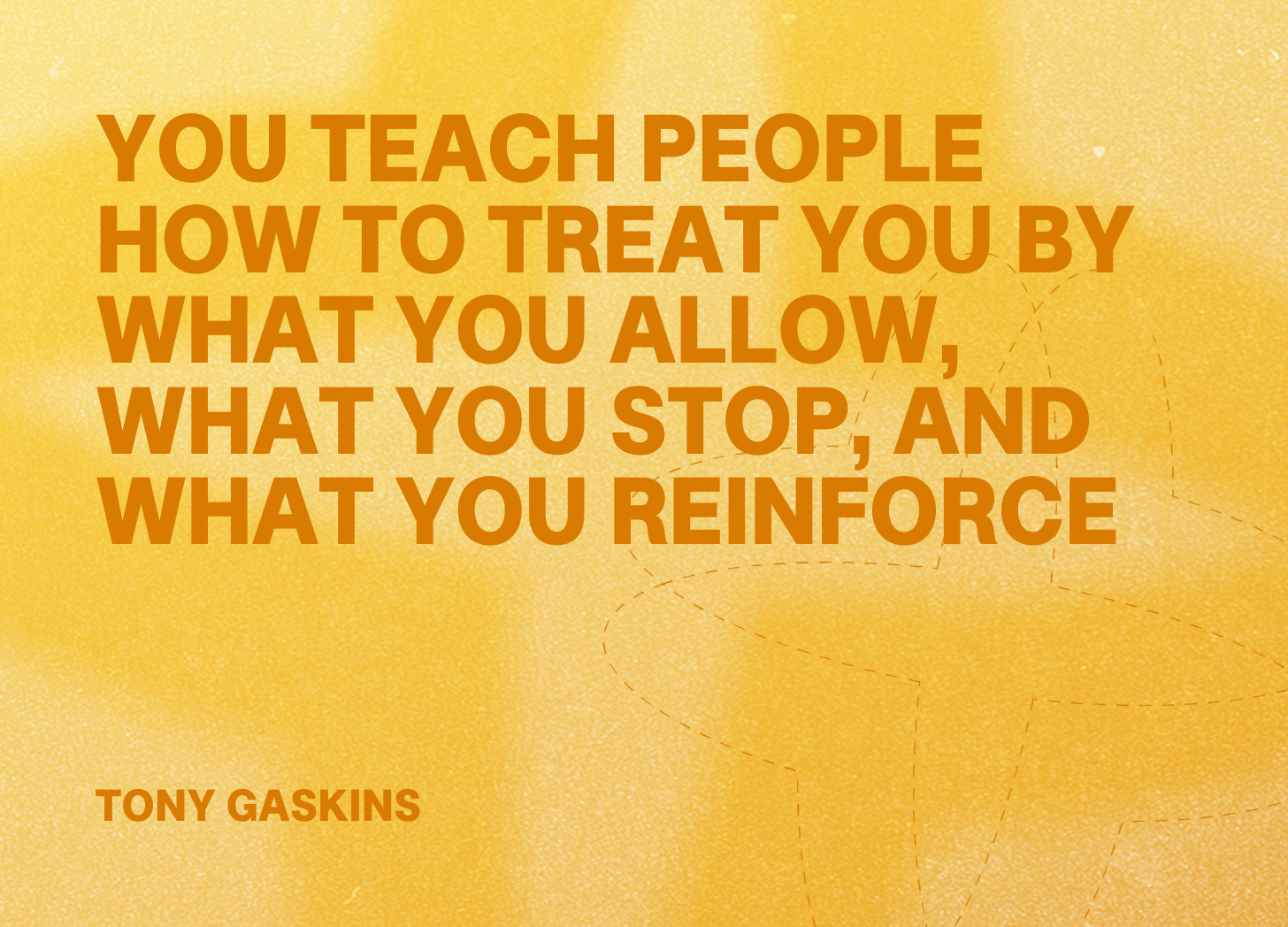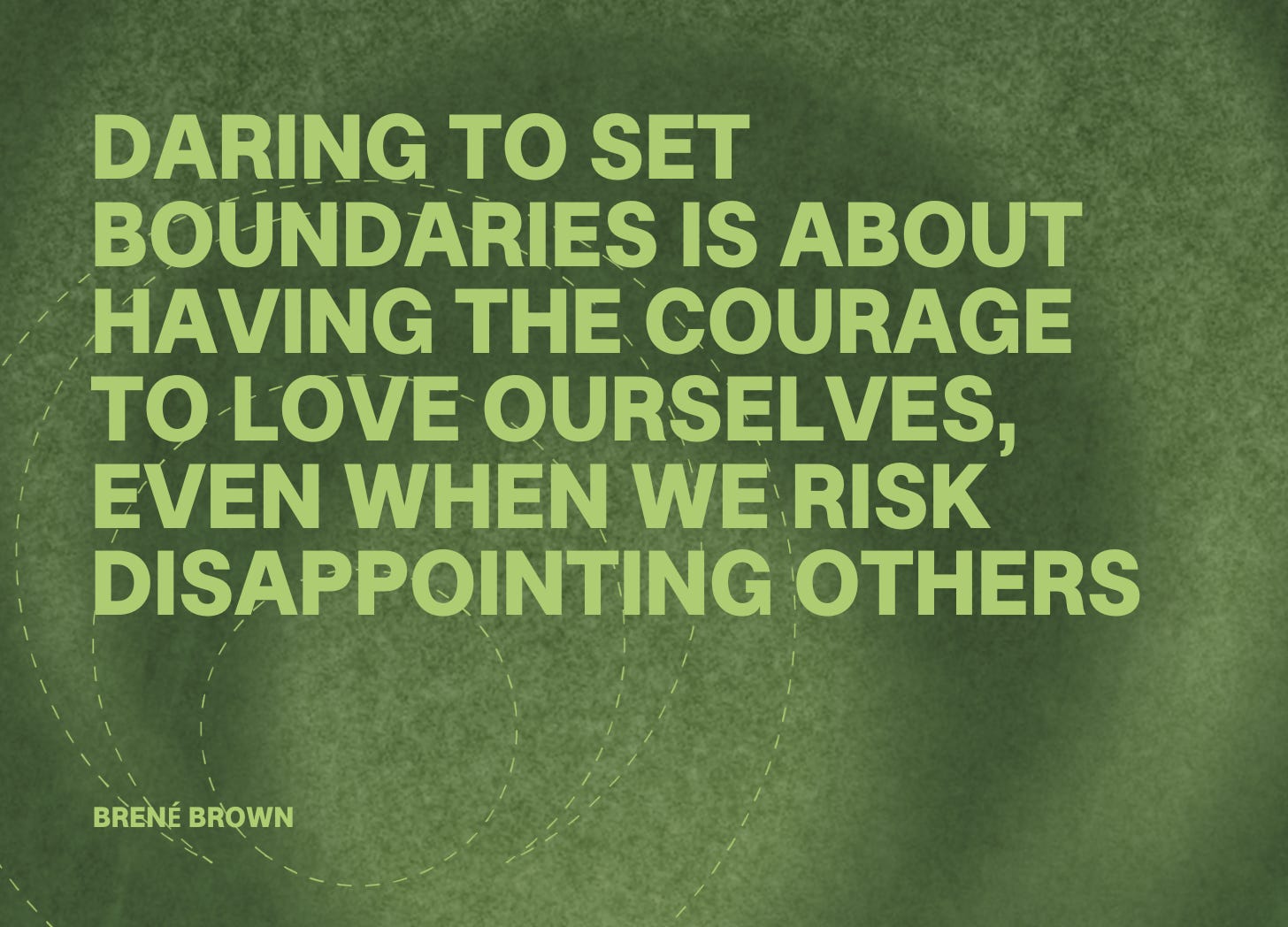Understanding your anger
Introduction to Shadow Work - Part 8
Thanks for being here. This is the eighth lesson in your free Introduction to Shadow Work course. If you have landed here without reading the previous lessons, I recommend you start from the beginning. Subscribe below, and I’ll send you links to all the lessons in the course.
Many of us grew up without ever experiencing healthy anger. What many of us have experienced in our lives and learned to call "anger" was often something else entirely - rage, abuse, manipulation, or violence.
In other words, we shy away from anger because of how it was expressed towards us.
The "anger" that traumatised you was somebody else’s unprocessed pain exploding outward.
Genuine anger is clean, clear, and life-affirming. It's a boundary-setting emotion that says, "This matters to me," “This is not OK with me,” or "This needs to change."
It doesn't attack the person—it addresses the issue or the behaviour.
Clean anger seeks to protect what's valuable, not damage other people.
Because most of us witnessed anger's destructive cousins - explosive rage, cruel criticism, emotional abuse, or cold punishment - we learned to fear this emotion entirely. We didn’t just reject the harmful expressions; we rejected the healthy emotion itself.
Anger is one of your most important allies. It’s a fierce protector trying to keep you safe, defend your boundaries, and fight for what matters most.
Let me tell you about three people who discovered the difference between healthy anger and its destructive imposters:
Alice was the "good girl" who never got angry. She smiled when people took advantage of her, said "it's fine" when it wasn't, and prided herself on being "easy-going." But inside, she was drowning. She felt exhausted, resentful, and couldn't understand why she kept attracting people who used her. In therapy, she discovered a part of her that was furious at the boundary violations, the disrespect, the way she'd been taught that her needs didn't matter. When she finally let this angry part speak, it didn't make her mean or destructive. Instead, it taught her to say no, set limits, and demand the respect she deserved.
Carlos grew up in a house where his father's rage was explosive and terrifying. He vowed never to be like his dad, and so he buried his anger completely. He became passive, avoiding conflict at all costs. But his buried anger leaked out as passive aggression, sarcasm, and chronic depression. When he learned to distinguish between his father's destructive rage and his own healthy anger, everything changed. His anger wasn't the enemy - it was the part of him that knew when something was wrong and wanted to fight for what was right.
Catriona was told that angry women were "bitches" and "difficult." So she learned to be sweet, accommodating, and never rock the boat. But when her teenage daughter started dating an abusive boy, Catriona's buried anger erupted. She was shocked by her own fury. In working with this anger, she realised that her anger was her fierce love in action, her mama bear protecting her cub. This anger gave her the strength to intervene and potentially save her daughter from serious harm.
The part of you that carries anger
We all have parts that hold our anger - the fierce protectors that arise when our boundaries are crossed, our values are violated, or injustice occurs. But most of us learned early that anger was dangerous, unacceptable, or shameful and therefore struggle to express clean, healthy anger.
Your anger-carrying parts might be responding to:
Boundary violations and disrespect
Injustice and unfairness
Feeling powerless or controlled
Having your voice silenced or dismissed
Watching others be mistreated
Values being compromised or attacked
Unmet needs for respect and autonomy
Anger is the feeling that says, “Something is wrong here and needs to change.”
Why we fear anger
Most of us learned to fear anger through direct and indirect messages:
"Nice girls don't get angry."
"If you can't say something nice, don't say anything at all."
"Your anger is scary/too much/inappropriate."
"Anger makes you ugly/unlovable/difficult."
We also learned to fear anger by witnessing it expressed destructively:
Parents who raged and said cruel things
Explosive outbursts that hurt people
Anger used to control or manipulate
Violence that accompanied rage
Destructive rage is not the same as healthy anger.
The problem isn't anger itself - it's how we've learned to express it or suppress it.
When anger is suppressed, it doesn't disappear. It goes underground and becomes:
Passive aggression and sarcasm
Chronic resentment and bitterness
Depression and emotional numbness
Physical symptoms like headaches and digestive issues
Self-sabotage and turned-inward destruction
Explosive outbursts when it finally erupts
The wisdom of healthy anger
Here's what healthy anger is trying to do:
Protect your boundaries: Anger arises when someone crosses a line. It's your internal alarm system saying, "This is not okay."
Signal injustice: Anger responds to unfairness, inequality, and mistreatment of yourself and others.
Motivate action: Anger provides energy and motivation to change situations that aren't working.
Communicate needs: Behind anger is often an unmet need for respect, fairness, autonomy, or safety.
Defend what you love: Anger is love in action - fiercely protecting what matters most to you.
Anger is the guardian of your boundaries and the voice of your values.
Understanding boundaries: The foundation of healthy anger
Before we can understand why anger is so important, we need to talk about boundaries, because anger is often your psyche's way of telling you that a boundary has been violated.
I have noticed that whenever I’m angry with someone, it’s often because I have failed to establish a clean boundary.
What are boundaries?
Boundaries are the invisible lines that define where you end and others begin. We often think of boundaries as not walls to keep people out. They’re not. They’re guidelines that help you maintain your sense of self while staying connected to others.
Boundaries define:
What behaviour you will and will not accept from others
How much of your time, energy, and resources you are willing to share
What topics you are comfortable discussing
How you want to be treated in relationships
What you need to feel safe and respected
Types of boundaries
Physical: Your right to personal space, touch, and physical comfort
Example: "I need you to knock before entering my room"
Emotional: Protection of your emotional well-being and energy
Example: "I won't discuss my personal life with colleagues"
Time: How you choose to spend your time and limit your availability
Example: "I don't check work emails after 7pm"
Material: Your possessions, money, and resources
Example: "I won't lend money to family members anymore"
Mental: Your thoughts, values, and opinions
Example: "I won't engage in political arguments at family dinners"
Sexual: Your right to consent and sexual autonomy
Example: "I need to feel emotionally connected before being intimate"
Why many of us struggle with boundaries
If you struggle with boundaries, you're not alone. Many of us never learned how to set them because:
We learned boundaries were selfish: "Don't be mean." "Share everything." "Put others first."
We learned love was conditional: "If you really loved me, you'd..." "Good people don't say no."
We witnessed poor boundaries: Parents who had none, or boundaries that were rigid and cruel.
We learned our needs didn't matter: "Children should be seen and not heard." "Your feelings aren't important."
We learned that saying no meant rejection: "If I set limits, people will leave me."
The cost of poor boundaries
When you don't have healthy boundaries, your anger-carrying parts work overtime trying to protect you:
You feel constantly drained: Saying yes to everything leaves you exhausted and resentful.
You attract people who take advantage: Those with poor boundaries often become magnets for users and manipulators.
You lose yourself in relationships: Without knowing where you end and others begin, you become whoever others need you to be.
You feel angry and don't know why: Your anger is trying to tell you that lines are being crossed, but you don't know how to listen.
You become passive-aggressive: When you can't say no directly, your anger leaks out sideways.
When you don't set boundaries, you teach people how to treat you poorly.
How to establish healthy boundaries
1. Start with awareness. Notice when you feel resentful, exhausted, or taken advantage of. These feelings often signal boundary violations.
Ask yourself:
What just happened that doesn't feel right?
What would I need to feel respected in this situation?
If I could say anything without consequences, what would I say?
2. Identify your non-negotiables. What are your absolute limits? What behaviours will you not tolerate? What do you need to feel safe and respected?
Examples:
"I won't be yelled at or called names"
"I need 24 hours' notice before guests come over"
"I don't discuss my dating life with my parents"
3. Start small and practice. Don't start with your most difficult relationship. Practice boundary-setting in lower-stakes situations first.
Low-stakes practice:
Saying no to a social invitation when you're tired
Not answering texts immediately
Choosing what to watch on TV instead of always deferring
4. Use clear, direct communication. Healthy boundaries are stated clearly and calmly:
Instead of: "I guess I could maybe help you move, if you really need me to..." Try: "I'm not available to help you move this weekend."
Instead of: "You always interrupt me, and it's so rude," try: "I need to finish my thoughts before you respond."
5. Expect pushback (and hold your ground). When you start setting boundaries, people who benefited from your lack of boundaries will test them. This is normal. Your job is to maintain the boundary consistently.
Remember: a boundary without consequences is just a suggestion.
6. Be prepared to enforce consequences. Healthy boundaries include natural consequences:
If someone consistently shows up late, stop waiting for them
If someone won't respect your "no work talk" boundary, leave the conversation
If someone violates your physical boundaries, remove yourself from the situation
Boundary scripts
For saying no:
"That doesn't work for me."
"I'm not available for that."
"I've already committed to something else." (even if that something is rest)
For redirecting conversations:
"I don't discuss that topic."
"I’d like to about something else."
"I'm not comfortable sharing that information."
For time boundaries:
"I need to wrap this up in 10 minutes."
"I'm logging off at 6pm tonight."
"I'll get back to you tomorrow."
For emotional boundaries:
"I can see you're upset, but I won't be spoken to that way."
"I care about you, but I can't fix this for you."
"I need some space to process this."
Anger and boundaries
Your anger is actually your internal boundary detection system. When you feel angry, ask:
What boundary of mine was just crossed?
What do I need to communicate or change?
How can I protect myself in this situation?
What would self-respect look like here?
Anger gives you the energy to enforce boundaries that your people-pleasing parts are too scared to set.
How anger shows up in your body
Anger is a full-body experience. When the angry parts of you are activated, you might notice:
In your body:
Jaw clenching or teeth grinding
Shoulder and neck tension
Chest tightness or heart racing
Stomach churning or nausea
Hands forming fists
Heat or energy building up
In your mind:
Sharp, clear thoughts about what's wrong
Mental rehearsals of what you want to say
Fantasies of confrontation or justice
Difficulty concentrating on other things
The key is learning to work with this energy constructively rather than suppressing it or letting it explode destructively.
Healthy vs. unhealthy anger expression
Unhealthy expression:
Explosive rage that hurts others
Name-calling, personal attacks, or cruelty
Violence or threats of violence
Passive aggression and manipulation
Holding grudges and seeking revenge
Using anger to control or intimidate
Healthy expression:
Clear, direct communication about the problem
Setting and enforcing boundaries
Taking action to change unjust situations
Using anger as motivation for positive change
Expressing anger without attacking the person
Letting anger inform you about your values and needs
Working with your angry parts
1. Welcome your anger. Instead of judging your angry parts, get curious about them. Ask: "What is this anger trying to protect? What does it want me to know?"
2. Listen to the message. Behind every angry outburst is important information. What boundary was crossed? What value was violated? What need isn't being met?
3. Feel it in your body. Let yourself feel the physical sensations of anger without immediately acting on them. Breathe with the energy. Let it inform you.
4. Express it safely first. Before confronting others, express your anger safely through journaling, talking to a therapist, physical exercise, or even yelling in your car.
5. Take constructive action. Use the energy and clarity that anger provides to make necessary changes - set boundaries, have difficult conversations, or advocate for yourself.
Your anger and boundary practice this week
Here's how to start building a healthier relationship with your angry parts and boundaries:
Anger awareness: Notice when you feel angry or irritated this week. Instead of immediately suppressing or acting on it, pause and ask:
What is this anger trying to tell me?
What boundary might have been crossed?
What do I need in this situation?
What does this angry part want to protect?
Boundary assessment: Reflect on your current boundaries:
Where in my life do I feel taken advantage of?
What situations consistently drain my energy?
What would I say no to if I knew it was safe?
What behaviours do I tolerate that I actually hate?
Small boundary practice: Choose one small boundary to practice this week:
Say no to one request that doesn't serve you
Speak up about one minor preference
Set one one-time limit on your availability
Redirect one conversation you don't want to have
When anger becomes concerning
Seek professional support if:
Your anger feels completely out of control
You're hurting others physically or emotionally
You're having violent fantasies or urges
Your anger is destroying important relationships
You're using substances to manage your anger
There's wisdom in your anger, but sometimes you need help accessing it safely.
What your angry parts want you to know
If the angry parts of you could speak, here's what they might say:
"I'm not trying to make you mean or destructive. I'm trying to protect what you care about most. I arise when your boundaries are crossed, when you're being disrespected, when injustice is happening. I have important information about what needs to change. When you listen to me instead of silencing me, I don't need to scream or explode. I can be your ally in creating a life where you're treated with respect and your values are honoured. Please don't be afraid of me. Learn to work with me. I'm here to serve your highest good."
In our next lesson, we're going to explore fear and anxiety - the parts of you that are trying to keep you safe but might be keeping you stuck. We'll look at how your nervous system responses are connected to your shadow work and how to work with anxiety as information rather than pathology.
Until then,
Stay fierce,
P.S. If exploring anger and boundaries brings up intense reactions, go slowly. Some of us have very good reasons for being afraid of anger or setting limits. Honor your pace and seek support if you need it. The goal isn't to become an angry person - it's to reclaim your right to feel and express this important emotion in healthy ways while protecting your well-being through clear boundaries.
Remember: You're not trying to eliminate any emotion. You're learning to be in a conscious relationship with all parts of your emotional experience.


